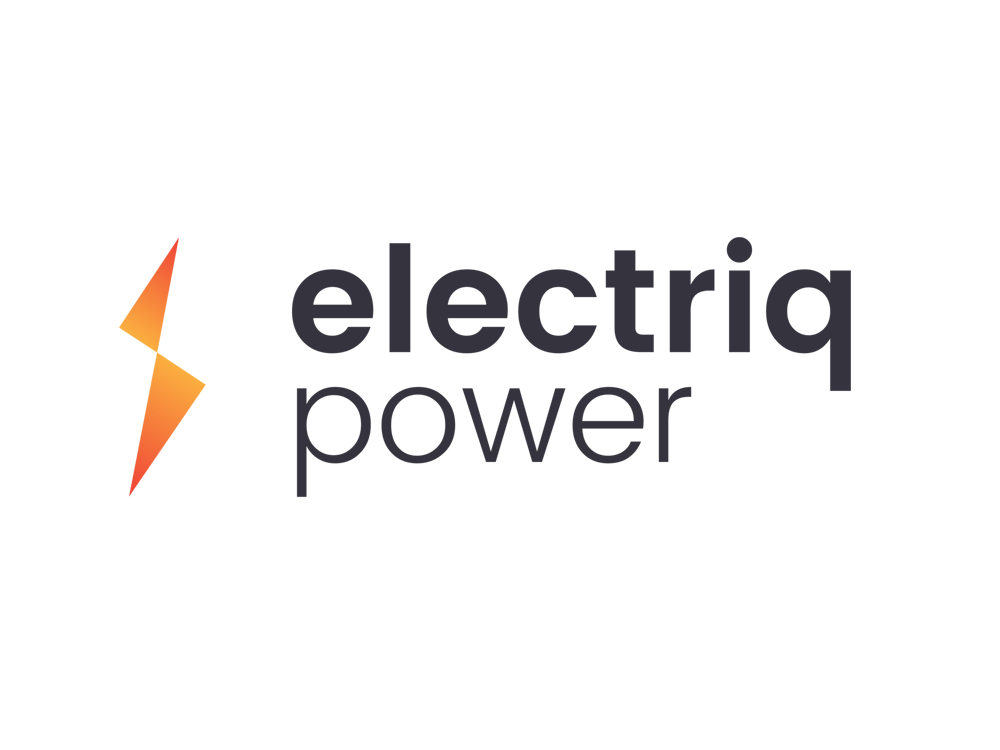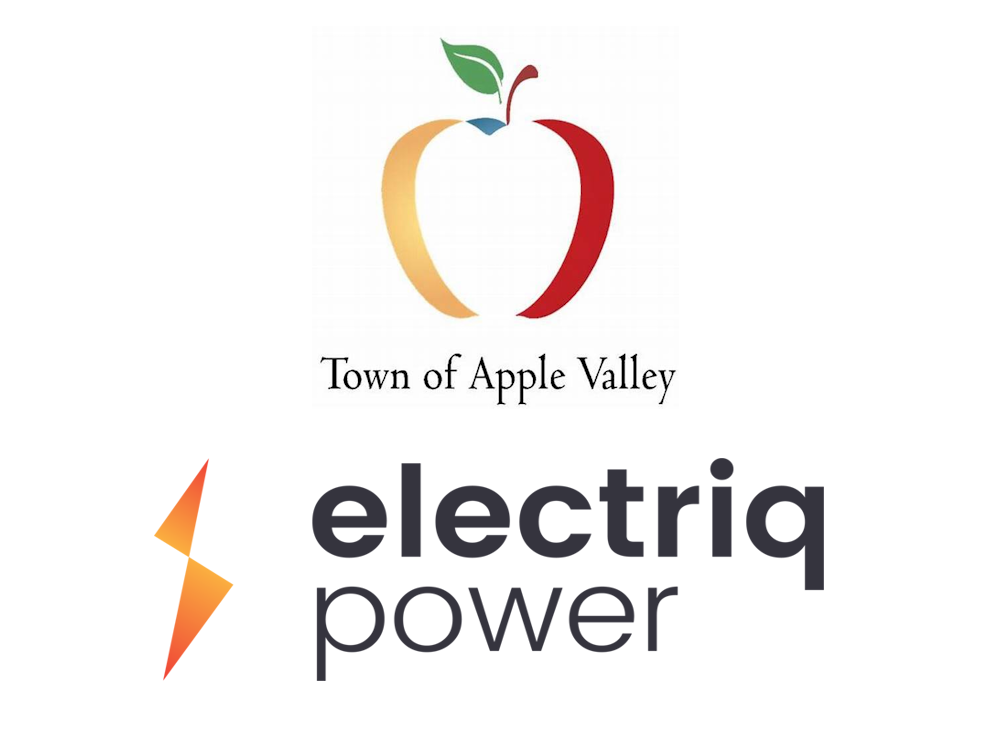Wealthy Homeowners No Longer the Only Ones Who Can Benefit from Home Microgrids
Published by on May 30, 2023

This article was originally published on Microgrid Knowledge: Wealthy Homeowners No Longer the Only Ones Who Can Benefit from Home Microgrids | Microgrid Knowledge
Until recently, homeowners in posh communities were the people most likely to have the opportunity to benefit from home microgrids that cut costs and provide resilience.
For example, outside of Burns, Oregon, the eco-friendly ranch and luxury resort Silvies Valley Ranch is building off-grid microgrids for each of 600 homes under development.
Other residential microgrids have popped up in higher end neighborhoods that, in some cases, market homes for upward of $1 million. These communities represent a growing trend: Home microgrids are the fastest growing microgrid market right now in part because of the aging population. Nursing homes and senior housing complexes are looking for electric reliability following reports of air conditioning failures that led to hardship and even temperature-related deaths.
Now, there’s a movement afoot to provide home microgrids to low- and moderate-income people – through microgrids in tiny home developments, for example.
Most recently, to help ensure that low- and moderate-income people gain access to resilience and renewable energy, Electriq Power partnered with the San Luis Obispo (SLO) Climate Coalition to offer home microgrids to people in San Luis Obispo County. Under the program, homeowners sign power purchase agreements, make no upfront costs, don’t have to share their credit score, and pay a flat 24 cents/kWh for the microgrid power, with a 2.9% escalator annually, said Frank Magnotti, CEO of Electriq Power. The microgrids – which include solar, storage, inverters and controls – are installed in individual homes, not necessarily as part of a community served by a microgrid.
Electriq Power, which is offering residential solar microgrids in three California cities that are vulnerable to outages and public safety power shutoffs, partners with either cities or climate organizations. These organizations vet the program to gain the buy-in of residents of all income brackets, said Magnotti.
Magnotti expects that 20% to 40% of the microgrids installed in San Luis Obispo County will be for low- and moderate-income residents.
“What we find interesting and compelling about this service: It’s structured to be made available to low- and moderate-income people,” said Eric Veium, chair of the SLO Climate Coalition.
The microgrids are financed through a $300 million, 30-month agreement between Electriq Power and an unnamed investor, one of the largest investors in clean energy infrastructure, said Magnotti.
One of the benefits is that the 24 cents/kWh price includes resilience, or the ability for the microgrids to island from the grid, said Veium.
San Luis Obispo customers – who pay for utility power in addition to the 24 cents/kWh – are expected to trim their utility electric bills by about 20% by using power from the microgrid instead of the utility.
The microgrids will be sized to meet 80% of the residents’ load, and residents will have an electrical panel of critical loads that will be served by the microgrid during outages, said Veium.
SLO Climate Coalition’s role is to spread the word about the program to the community. Having local organizations provide this type of education is critical to gaining buy-in for renewable energy projects, according to the Center for Energy Education, which often talks to local politicians, economic development agencies, planning departments, workforce development agencies, schools and teachers to spread the word about renewable energy projects.
When Electriq Power provides microgrids to low- and moderate-income residents, the financier can take advantage of Inflation Reduction Act benefits for installing clean energy in disadvantaged communities. The financier can also take advantage of state and local incentives, said Magnotti.
Electriq Power will use the batteries for demand response and grid services programs that help lower the costs to its customers, Magnotti said. In addition, it will utilize the solar and storage to create virtual power plants (VPP) that will provide grid services.
Magnotti is no stranger to VPPs. He first entered the energy business as founder of Comverge, which provided demand response for 500 utilities across the US.
Magnotti wants to continue working with utilities to provide VPPs that can ease their grid challenges.
“When it comes down to it, utilities should want the systems because VPPs can positively affect utilities’ transmission and distribution needs,” he said.
The San Luis Obispo effort is Electriq Power’s third project in California. The company earlier launched projects in Parlier and Santa Barbara.
While Magnotti declined to say how many residents have signed up for the service, Veium said that the Santa Barbara effort has attracted hundreds of customers.
And with his organization’s outreach, he hopes that San Luis Obispo residents will also embrace the program.
“We’re talking with anyone who can benefit from this type of service,” said Veium. “Santa Barbara has a lot of interest. We hope that interest is contagious.”

















